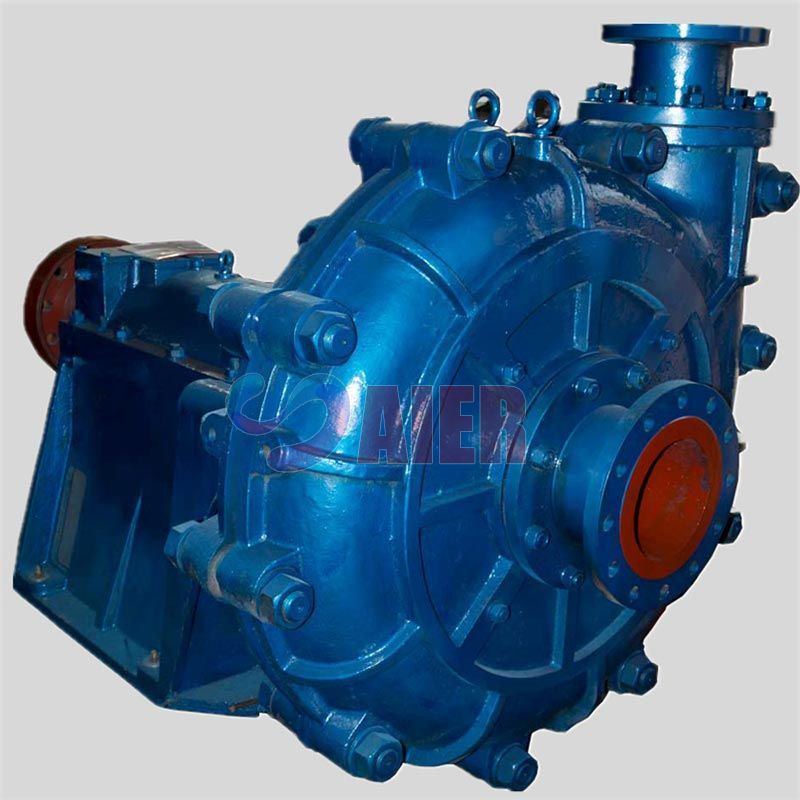Aug . 14, 2024 02:39 Back to list
Affordable Slurry Pump Pricing from Leading Suppliers for Efficient Fluid Transfer Solutions
Understanding Slurry Pump Pricing A Guide for Buyers
When it comes to purchasing slurry pumps, one of the key concerns for buyers is the price. The cost of slurry pumps can vary significantly based on a multitude of factors, including the materials used, the pump's design, the manufacturer, and the specific application for which the pump is intended. This article aims to provide insight into the factors that influence slurry pump prices and what buyers should consider when looking for suppliers.
What Are Slurry Pumps?
Slurry pumps are designed to handle the movement of heavy, viscous liquids that contain solid particles, such as in mining, steel manufacturing, and wastewater treatment applications. Given their unique operational demands, these pumps are engineered to withstand abrasive and corrosive materials, necessitating robust designs and high-quality manufacturing.
Factors Influencing Price
1. Material Construction The materials used in the construction of a slurry pump significantly impact its price. Pumps constructed from high-grade metals like stainless steel or alloys are typically more expensive but offer enhanced durability and resistance to wear. Conversely, pumps made from less expensive materials may need more frequent replacement or maintenance.
2. Pump Design Different designs cater to various applications. For example, horizontal slurry pumps are commonly used in mining, while vertical slurry pumps are preferred for sump applications. The complexity of the design can also influence the price, with more intricate designs often commanding higher prices due to extended engineering costs.
3. Brand and Manufacturer Established brands with a reputation for quality and reliability may charge a premium for their products. While opting for lesser-known manufacturers may result in lower prices, buyers should weigh the potential risks, such as inferior quality or limited customer support.
4. Performance Specifications The capabilities of the slurry pump, including flow rate, head (or pressure), and power requirements, play a crucial role in determining the price. Pumps with higher specifications typically exhibit increased costs due to advanced engineering and technology.
5. Market Demand and Economic Conditions Like many products, slurry pump prices are subject to market dynamics. Supply chain issues, changes in raw material costs, and fluctuations in demand can all lead to price variations. Buyers should stay informed about industry trends that may affect pricing.
slurry pump price suppliers

6. Customization Some applications may require tailored solutions, leading to customized slurry pump designs. While customization can lead to better efficiency and performance, it also tends to increase the overall cost.
Finding Reliable Suppliers
When searching for slurry pump suppliers, potential buyers should consider several strategies
- Research and Compare Take the time to research various suppliers, comparing both functionality and price. Online marketplaces, industry forums, and trade shows can provide valuable insights.
- Request Quotes Reach out to multiple suppliers for quotes. This not only gives a clearer picture of the price range but also allows for negotiation.
- Check References and Reviews Before making a purchase, look for reviews from other customers about the supplier’s reliability and the performance of the pumps.
- Evaluate Warranty and Support A good warranty can provide peace of mind. Assess the level of customer support the supplier offers post-purchase, which can be crucial for maintenance and troubleshooting.
Conclusion
Navigating the slurry pump market requires careful consideration of various factors that influence pricing. By understanding these elements and conducting thorough research, buyers can make informed decisions and find suppliers that meet their specific needs. Whether for industrial, mining, or wastewater application, ensuring the right balance between quality and cost will ultimately determine the success of the investment in slurry pumping solutions.
-
High Quality Slurry Pump Seals Reliable China Suppliers & Manufacturers
NewsJun.24,2025
-
High Quality Portable Submersible Slurry Pump Supplier & Manufacturer from China
NewsJun.10,2025
-
Slurry Pump Parts Manufacturer – High Quality Rubber Spare Parts from China
NewsJun.10,2025
-
High Quality 1/3 HP Submersible Sump Pump with Vertical - Reliable Supplier & Factory Price
NewsJun.10,2025
-
High-Efficiency Centrifugal Slurry Pumps India
NewsJun.10,2025
-
High Quality Warman Centrifugal Slurry Pump Suppliers & Factory
NewsJun.10,2025
